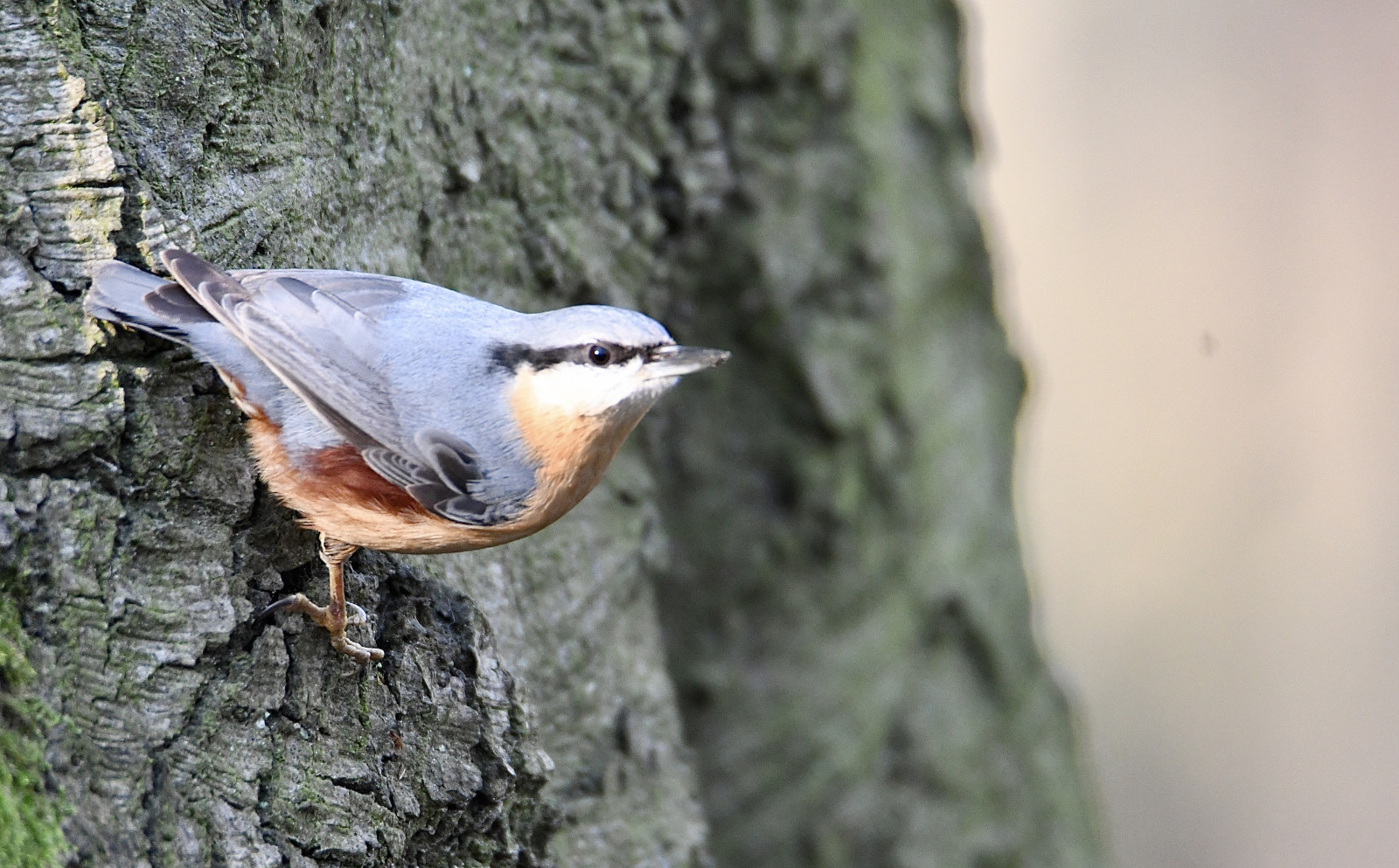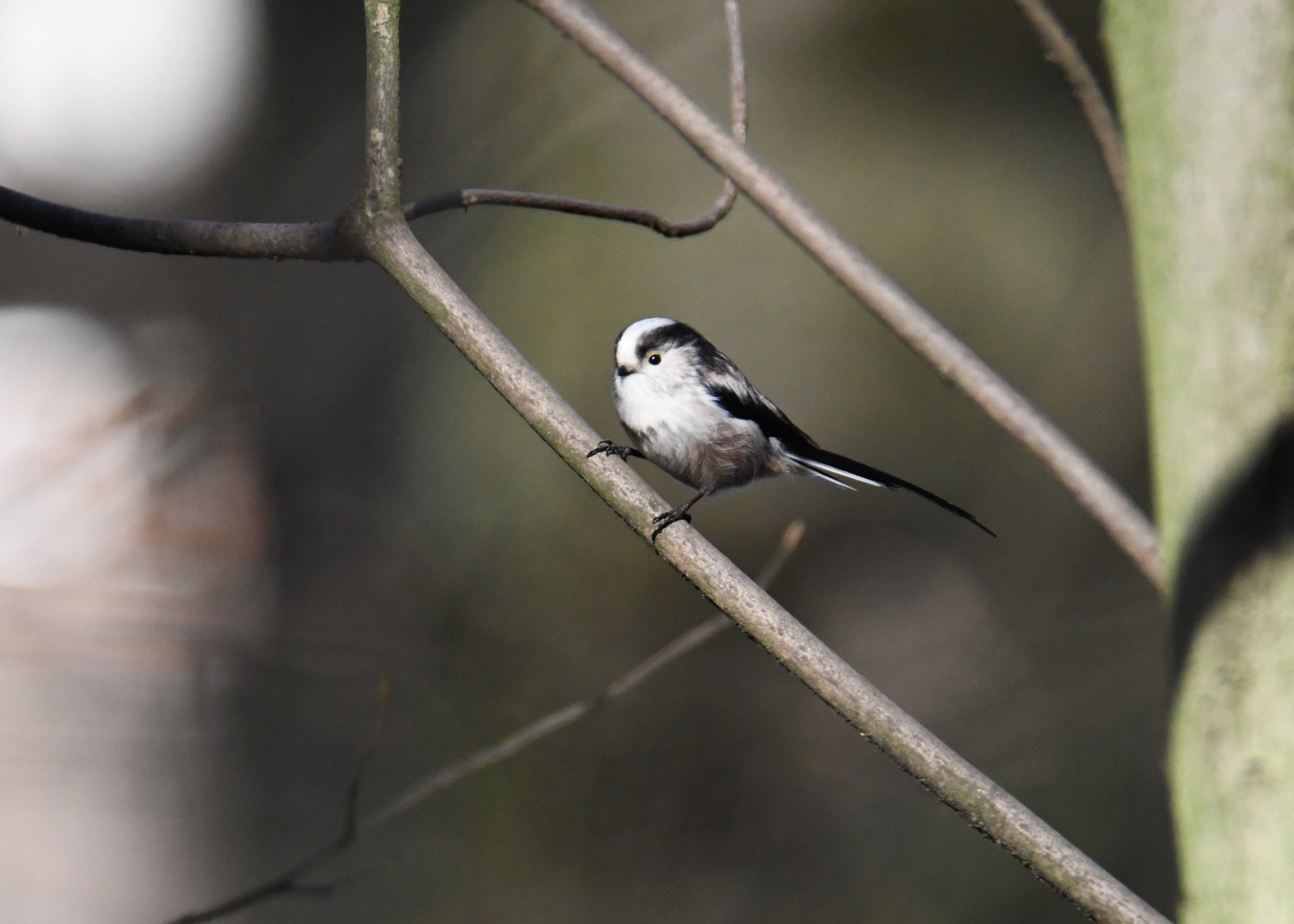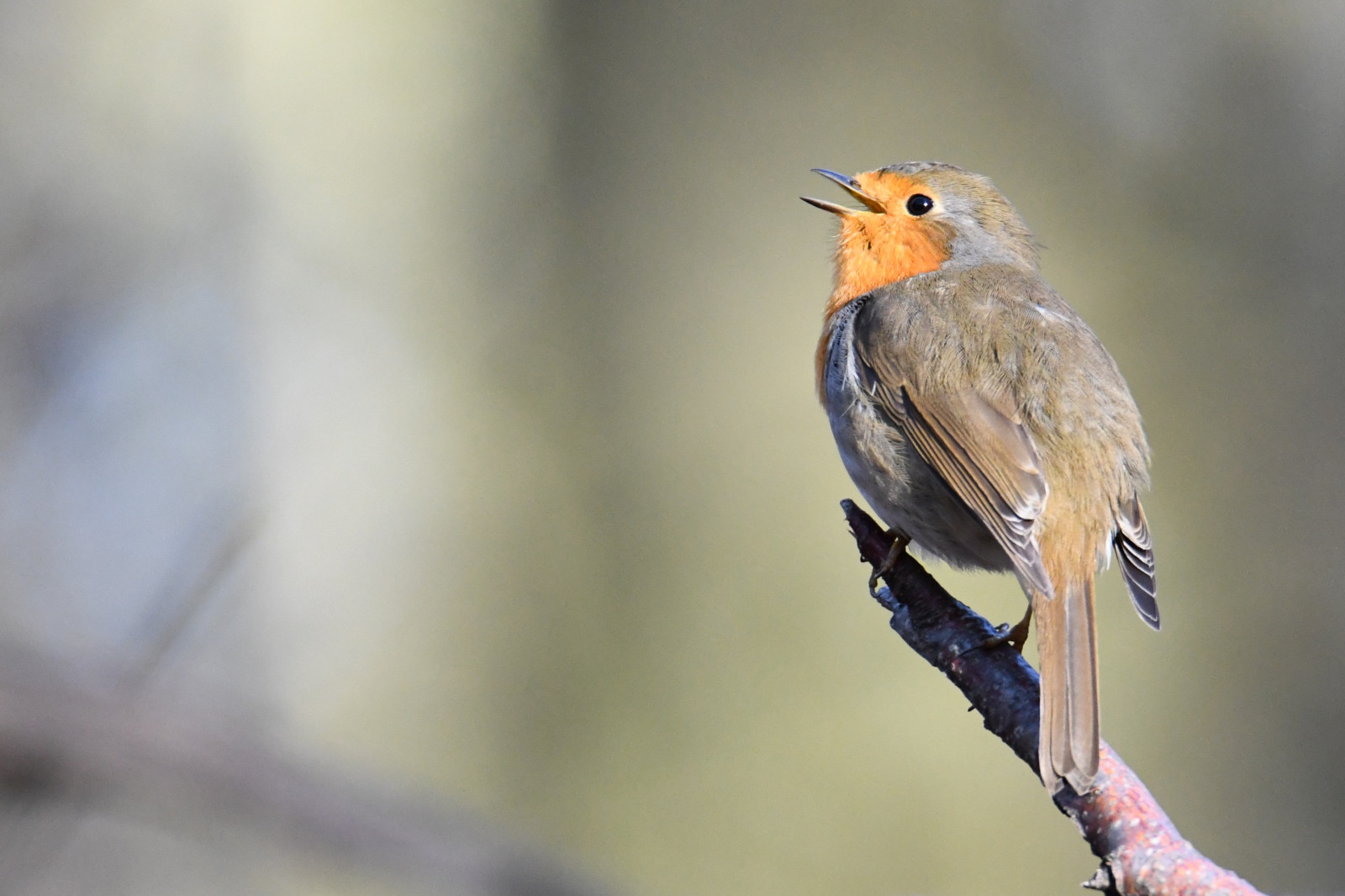Opis
Parc Brugmann offers opportunities to see garden and forest birds up close, because they are accustomed to the frequent passage of people in the park. You can see tits as sikora uboga, modraszka, bogatka (zwyczajna) and raniuszek zwyczajny. At the level of woodpeckers and birds related to tree trunks, you can observe dzięcioł duży, dzięcioł zielony, kowalik and pełzacz ogrodowy. Of course kos (zwyczajny), rudzik, pokrzywnica, strzyzyk zwyczajny, czarnowron, sroka, sójka, grzywacz and zięba. When it comes to raptors, the myszołów is present all year round in the park and the krogulec occasionally flies by.
_________________________
Français: Le parc Brugmann est un petit bois de hêtres majoritairement entouré de grands appartements qui abrite une faune (et flore) étonnante pour être en plein ville ! Ce petit parc offre des opportunités de voir des oiseaux de jardins et forêts d'assez près, car ceux ci sont abitués au passage fréquent des gens dans le parc mais qui ne font pas attention a eux. On pourra voir ici des mésanges comme la sikora uboga, la modraszka, la bogatka (zwyczajna) et la raniuszek zwyczajny. Au niveau des pics et oiseaux relationnés au tronc d'arbres on pourra observer le dzięcioł duży, le dzięcioł zielony, la kowalik et le pełzacz ogrodowy. Bien sur le kos (zwyczajny), le rudzik, l' pokrzywnica, le strzyzyk zwyczajny, la czarnowron, la sroka, le sójka, le grzywacz et le zięba. Quand a les rapaces, la myszołów est présente toute l'année dans le parc est occasionellement l' krogulec passe en vol.
Szczegóły
Dostęp
Parking spaces are rare but you can always try these places: Avenue de Messidor at the entrance to the park, on Avenue Bourgmestre Jean Herinckx, and on Avenue Adolph Dupuich. If not, tram 7 is the main public transport to reach the site (get off at the Churchill stop and take Avenue Messidor until you see the park entrance on your left).
_________________________
Français: Les places pour se garer sont rares mais vous pouvez toujours essayer a ces endroits: Avenue de Messidor au niveau de l'entrée du parc, sur l'avenue Bourgmestre Jean Herinckx, et sur l'avenue Adolph Dupuich. Au si non le tram 7 est le principal transport en commun pour rejoindre le site (descendez à l'arret Churchill et prenez l'avenue Messidor jusqu'a voir l'entrée du parc sur votre gauche).
Teren i siedlisko
LasWarunki
PagórkowatyTrasa dookoła
TakCzy luneta będzie przydatna ?
Może być przydatnaUdany sezon obserwacyjny
Przez cały rokNajlepszy czas na wizytę
WiosnaTrasa
Wąski szlak , Szeroka ścieżkaPoziom trudności szlaku pieszego
ŁatwyDostępne
PieszoCzatownia/platforma obserwacyjna
NieDodatkowe informacje
Note that in spring and summer you can see in addition to the species mentioned above, the pierwiosnek and the kapturka. The siniak very surely nests on the site because it is very often observed. The mysikrólik and zniczek are very often seen at the site, and dzwoniec can be heard singing in the trees towards the end of winter.
In winter, the droździk can be seen by searching for food on the ground. You'll probably catch a small group of zięba looking for food on the ground too. The passage of czyż above the park is more or less common during the winter, but these do not land in the woods. Finally, if you find an open area to see the sky, you can see passing over our heads in migration (March-April and September-November) świergotek łąkowy, the czapla biała, groups of czyż or the skowronek.
_________________________
Français: A noter que au printemps et en été on sait voir en plus des espèces cités précédement, le pierwiosnek et la kapturka. Le siniak niche très surement sur le site car est très souvent observé. Le mysikrólik et le zniczek sont trés souvent observés sur le site, et le dzwoniec peut être entendu en train de chanter au dans les arbres vers la sortie de l'hiver.
A l'hiver on saura voir la droździk en recherchant de la nourriture au sol ou dans le lierre dans les arbres. Vous surprendrez surement un petit groupe de zięba recherchant de la nourriture au sol aussi. Le passage de tarin des aulnes au dessus du parc est plus au moins courant pendant l'hiver, mais ceux ci se posent pas dans le bois. Finallement si vous trouvez une zone ouverte pour voir le ciel, on pourra voir passer au dessus de nos têtes en migration (mars-avril et septembre-novembre) des świergotek łąkowy, la czapla biała, des groupes de czyż ou l' skowronek.




